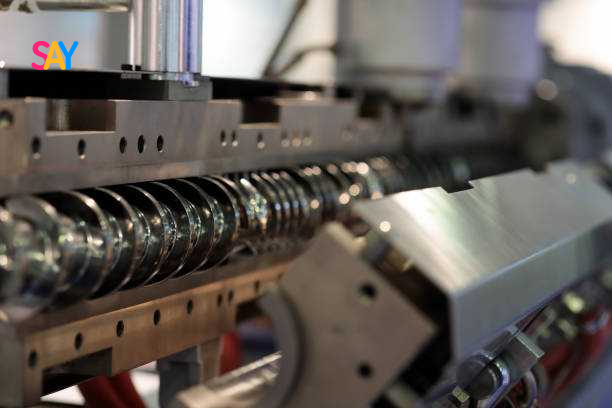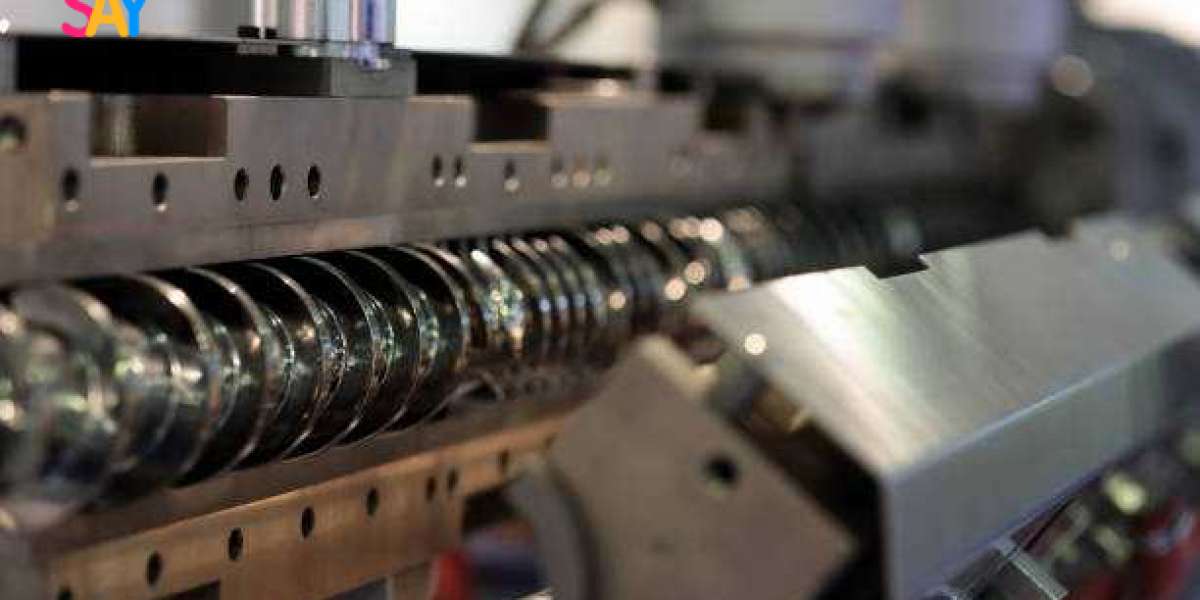
What is the Extrusion Process?
Extrusion process is a manufacturing process in which material is forced through a die to produce a continuous profile with a uniform cross-section. The process begins by heating the material to a semi-liquid or molten state, after which it is pushed through a die under high pressure. As the material exits the die, it takes on the shape of the die's cross-section. The extruded material is then cooled and cut into the desired lengths or shapes.
Key Techniques in Extrusion
Hot Extrusion: In hot extrusion, the material is heated to a temperature above its recrystallization point. This method is commonly used for metals and certain polymers. Heating reduces the material’s viscosity, making it easier to shape and form. Hot extrusion is ideal for creating complex shapes and improving material properties.
Cold Extrusion: Cold extrusion is performed at room temperature or slightly elevated temperatures. This technique is typically used for metals and some thermoplastics. Cold extrusion provides high dimensional accuracy and improved mechanical properties due to the material's work-hardening effect.
Warm Extrusion: This technique operates at temperatures between hot and cold extrusion. Warm extrusion is often used for materials that require intermediate processing temperatures to balance ease of shaping and material strength.
Co-Extrusion: Co-extrusion involves simultaneously extruding two or more materials through a single die. This technique is commonly used to produce multi-layered products with different properties, such as barrier films or composite materials.
Blown Film Extrusion: In this variation, the extruded material is blown into a thin film, which is then cooled and wound into rolls. This technique is widely used for producing plastic films for packaging applications.
Applications of Extrusion
Plastics: The extrusion process is widely used to produce plastic products such as pipes, profiles, sheets, and films. It allows for the efficient creation of complex shapes and consistent material properties.
Metals: Extrusion is used to manufacture metal components, including aluminum frames, structural sections, and heat sinks. It is valued for its ability to produce lightweight, strong, and durable metal parts.
Food: In the food industry, extrusion is used to create snacks, cereals, and other processed foods. The process allows for the production of uniform shapes and textures, and it can also enhance nutritional content.
Pharmaceuticals: Extrusion is employed to produce pharmaceutical tablets and other dosage forms. It helps in achieving precise control over the drug's release profile and ensuring consistency in product quality.
Rubber and Elastomers: Extrusion is used to produce rubber seals, gaskets, and profiles. The process allows for the creation of flexible and durable rubber components.
Benefits of the Extrusion Process
High Efficiency: Extrusion is a continuous process that can produce large quantities of products with minimal waste, making it highly efficient for high-volume manufacturing.
Consistent Quality: The extrusion process provides uniform cross-sectional profiles and consistent material properties, ensuring high-quality and reliable products.
Versatility: Extrusion can be used with a wide range of materials, including metals, plastics, and food products. It also supports various techniques such as co-extrusion and blown film extrusion.
Cost-Effective: The process reduces the need for secondary operations and minimizes material waste, making it cost-effective for large-scale production.
Design Flexibility: Extrusion allows for the creation of complex and intricate shapes, offering designers the flexibility to develop products with unique profiles and features.
Conclusion
The extrusion process is a versatile and efficient manufacturing technique used across various industries to produce high-quality, consistent products. By understanding the different extrusion techniques, applications, and benefits, manufacturers can leverage this process to enhance their production capabilities and meet the demands of diverse markets. Whether for plastics, metals, food, or other materials, extrusion remains a key method for creating innovative and high-performance products.




